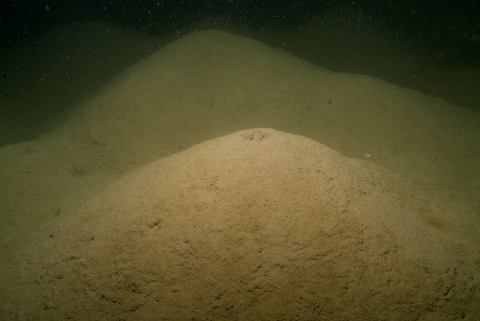Burrowed mud
What is it:
In areas where this habitat is undisturbed it is extensively burrowed by several species including the commercially important Norway lobster (Nephrops norvegicus). It also supports a number of characteristic and important species such as the fireworks anemone (Pachycerianthus multiplicatus) and the tall sea pen (Funiculina quadrangularis). This habitat type is concentrated within Scottish waters. Ninety-five percent of UK records of inshore and deep burrowed mud are from the northern North Sea and the sea lochs of western Scotland and the Hebrides and are of international importance.
There are 6 layers, representing a number of important burrowed mud communities and species:
- Seapens and burrowing megafauna in circalittoral fine mud
- Burrowing megafauna and Maxmuelleria lankesteri in circalittoral mud
- Tall seapen - Funiculina quadrangularis
- Fireworks anemone - Pachycerianthus multiplicatus
- Mud burrowing amphipod - Maera loveni
- Other burrowed mud habitats
Links to Scotland's Marine Atlas:
This information page is part of the theme:

Burrowing Megafauna and Maxmuelleria - Copyright © SNH

